Today we’re going to take a look at the five winning images from the November assignment on the theme of “Machinery”. It was great to see a still more people get involved in our assignment for November! Thanks to those of you that uploaded your resulting images, and please do continue to try and get involved if you don’t already. The more the merrier, as they say…
So, let’s jump right in and take a look at the five images that got the most votes from the MBP Community for the Machinery assignment. In fifth place is Leslie Granda-Hill, with “The Weigh-In”, and here’s Leslie’s back-story…
I bought the antique scale for my image “The Weigh-In” at a garage sale a few months ago- hoping to use it someday as a prop to photograph a newborn baby. Fortunately a co-worker recently had a baby so decided to use the scale as my machine for the assignment. It was a challenge to coordinate the shoot so I was afraid I wasn’t going to get an image this month. When I arrived at the location I was disappointed in the lack of natural light. I asked the mother beforehand if there would be window light at the time I would be there and she said there would be.
I realized that a non photographer is not able to judge the light in a situation and it is best to be prepared for anything. I had to use a high ISO and a large silver reflector to maximize the light that was coming into the room.
The black “seamless” is a black bed sheet propped up on a piece of cardboard on the bed. Most importantly the baby was adorable and cooperative. Thanks to everyone for their votes and congratulations to the all the winners.
What a beautiful image again Leslie, and as you say, an adorable baby too. The fluffy white towel adds a lovely softness to the image, and the old scales make for a wonderful machine element. It’s kind of fun too that the baby seems to be tilted backwards, almost falling out of the scales, and the slight sepia feel to the image adds to the aged feel to match the scales. Totally excellent work, as usual Leslie. Congratulations on fifth place.
And in fourth place is Steve Martin, with “The Automat”, and here’s Steve’s back-story…
Thanks so much everyone for your votes and feedback on this image. Congratulations to the winners and to all those who submitted, it certainly was good to see the participation pick up for this assignment.
Here is my backstory for the Automat – My Mom works in the embroidery industry, and when Martin announced the theme, I immediately thought of the embroidery machines. However, as the shop where the machines are located is several hours drive, I didn’t know if I would make it there during the month of the theme. Fortunately, a last minute change in plans for thanksgiving gave me the opportunity that I needed. When I first arrived at the shop, I started with some general shots such as the following ones:
These photos show one of the Plauen machines with a long roll of fabric and the thread feeding the needles. Each one of these machines is about 30 feet (10 meters) long and about 10 feet (3 meters) high. When one is running, it has to be constantly monitored by “watchers” for broken threads, as seen in this image (below).
After a number of these types of images, I began to photograph the part of the machine that controls the stitching sequence, the brains of the machine, referred to as the automat. As the lighting was quite poor (high overhead fluorescent lights and a single incandescent bulb over the automat), I opted to use multiple exposures and HDR to bring out the details that normally would be lost (I wanted to work as unobtrusively as possible and so I didn’t want to setup a bunch of external lights). From the automat image, one can see that it is a mass of gears and levers that as far as I can tell is completely covered in grease. When it is running, it is somewhat intimidating to be near (the warning Martin gave us of not getting hurt did cross my mind during the shoot). This machine has been operational for nearly 70 years, and apart for the occasional replacement of worn out parts, functions as well today as the day it was built- a tribute to German engineering. Regrettably, for those working in the industry, this story has a bit of a sad ending. In the United States, this type of embroidery industry exists mainly in northern New Jersey. For decades the industry thrived. However, during the last 10 years, this industry has been decimated by production outsourced offshore. Where once there were hundreds of independent embroidery businesses in New Jersey, today there are only a handful left.
Well, you told a great documentary story there Steve, with four excellent shots to illustrate it, including your winning image. Thanks very much for taking the time to share this interesting story with us. Having been a “Twisthand” which is an engineer that makes Leaver’s Lace until I was 27, these pictures seem very familiar to me, and brought back memories. I love the toning in your Automat image too Steve. It’s a very subtle HDR, bringing out the tonal qualities of the metal parts, without going over the top. Great work! Congratulations on fourth place.
In third place is Morton Goldberg, with “Milling Fixture”, and here’s Morton’s back-story…
First of all I want to say how proud I am, after almost two years of trying, to finally place in an MBP assignment. I also thank Martin for providing the assignments which have given me a great learning experience and the opportunity to compete with some wonderful photographers who I greatly admire.
When Martin announced this assignment, I was immediately able to visualize the photo I wanted to make. I also knew it would take a fair amount of work. This assignment was completed over three sessions, about eight hours total. There was the machine work to do, the lighting to set up, the actual camera work, and the post-processing. The machine work took the most time. About half of the total.
In the first session I did the machine work. I set up the fixture, cut and trimmed the workpiece and chucked it in the three-jaw, mounted the assembly onto the table of my milling machine, and milled the square chamfer onto the end of the workpiece.
In the second session I made the lighting setup and made the 11 frames that I intended to merge into the final photo. The lighting was done with a Lowel EGO table top lighting kit consisting of two 16 x 16 inch soft boxes each containing two 27 watt, daylight balanced, coiled fluorescent lights, an EGO sweep, and two 16 x 24 inch folding reflectors. These components can be arranged in a variety of ways. The milling fixture, which presents a tonal range from flat black to shiny reflective metal, required very even soft light. I used the EGO components to build a light tent. The soft boxes were placed on the right and left sides of the sweep. One the reflectors formed the top of the tent.
The camera I used was a micro-four-thirds Panasonic GH2 with a 50mm, f/2, Olympus Macro-Zuiko lens mounted. I set a custom white balance and put the camera into manual exposure and manual focus. It wasn’t hard to position the camera relative to the subject. Because I wanted the squared end of the work piece and all three of the engraved scales on the fixture to show, the position of the camera with respect to the subject was so constrained there was essentially only one position for the camera. Positioning achieved, I set the exposure by making test shots and examining the three color channel histograms in the GH2’s playback mode, I then made the 11 frames of the depth-of-field stack, adjusting the focus by a small amount after each shot.
In the third and last session, I did the post-processing. Because I had been careful to get an accurate white balance and exposure, there was very little to do in Lightroom. I applied two of my presets, one adding clarity and another adding input sharpening. I then exported the frames to Photoshop as a stack of 11 layers. I applied just two operations to this layer stack: Auto-Align Layers and Auto-Blend layers. It took Photoshop about a minute to work its way through all the layers for each of these operations. The resulting TIFF file was a whopping 1.3 GB.
Morton, your attention to detail in the process and in writing your back-story is amazing. The shot really shows how much pride you take in your work and your photography. I know that you’ve been participating in the assignments for a long time, so I was really happy to see your image in the winning line-up. Of course, I don’t check who’s image is who’s until I run the script to count up the votes and update the Web page, but it was a nice surprise to see your name in there.
On the image itself, I really like the choice of a clean almost white background, and your use of Photoshop to merge the eleven layers to achieve a sharp focus from front to back is pretty masterful, creating a very sharp image. I also like the color accent of the gold and red against the silver steel. All come together really nicely. Congratulations on a very well earned third place Morton.
In second place is Brian Lottis, with “The Gears Of Time”, and here’s Brian’s back-story…
Wow what a pleasant surprise. The highest I ever placed before in these assignments was tied for fifth. And when I saw how many great pictures had been posted last month, I felt my chances were pretty slim. So I am truly honored to place 2nd. Thanks everyone for your votes.
The moment I saw the subject matter for this assignment, I knew I wanted to try photographing my grandfather’s pocket watch. According to a web site on this manufacturer, the watch was made in 1904. It had been a gift to him on his 12th birthday from his uncle. The story goes that my great-great uncle Robert never had kids, and promised the watch to his new born nephew if his sister named him after him. Thus my grandfather was also named Robert. When he died, my grandmother wore it from a chain around her neck for nearly 30 years. Near the end of her life, I was honored to be the chosen recipient of this wonderful family heirloom.
Now for the photography project. I don’t have any specialized photography lighting other than a very old flash unit. So I had to improvise. I remembered that my wife has a very bright daylight lamp that she uses when she’s scrap-booking. I thought that would work pretty well. And also improvised the backdrop by using a black T-shirt from my dresser drawer. I laid the T-shirt over the lamp’s box and then tipped the lamp on it’s side, shining from right to left. I placed it as close to the watch as possible.
I tried several zoom factors and distances, and finally decided that the best was when I used my 4x close-up filter so I could really show the detail in the gears. Next I realized that the shadows were just too strong, with all the light coming from the right. So I improvised a mini-reflector out of aluminum foil. That really helped even out the lighting.
Here’s I shot I took today, recreating the setup. This shot shows the camera on a gorilla-pod, but I actually took it handheld. Also, the camera angle was a bit different in the shot. But this gives you an idea of what i went through to set this up.
Once again, thanks everyone for your votes. And congratulations to the other winners, especially cheshirecat for the very creative picture in picture composition. And thanks to Martin for sponsoring the wonderful event.
Another great winning image here Brian. It really is great to see people that have been participating for a long time start improve to the point that you’re gathering enough votes to be placed, especially with the quality of the competition in mind.
Your use of the daylight balanced lamp, and foil is pretty masterful, and I’m sure the crumpled foil added to the metallic quality we see in the pocket watch. It’s an amazing story behind how you came to own the watch too. Thanks for taking the time to participate and to share your story, and congratulations on second place Brian!
In first place is Elise Ange, with “The Agriculture Algorithm”, and here is Elise’s back-story…
Congratulations to the other winners! There were so many great entries this month. And thank you all for your votes. I didn’t have any preconceived idea for the theme. One day I went to a farm, a bank, and a laundromat. I was not satisfied enough with any of the resulting pictures. Since computers were included in the machine definition, I came up with the idea to create a photo within a photo. This was an offshoot of a couple of Martin’s past themes. I borrowed a laptop and set it up on a clear plexiglass table. I uploaded one of the tractor images that I had taken from the farm so that it filled much of the computer monitor.
Using some daylight bulbs for my lighting, I photographed the laptop displaying the tractor image. After I processed that photo, I repeated the process and uploaded the image of the laptop displaying the tractor. I then took another photo of the laptop displaying that image. Since the color from the original tractor photo was degraded through this process and there was noise in the image due to the low lighting, I converted the final image to black and white.
As always Elise you came up with an imaginative, quality image here. The style of the laptop that you borrowed matches the theme nicely, and the idea to show another machine on the screen clinched it, I’m sure. The reflection of the computer in the plexiglass adds a lot and the black and white conversion focuses our attention on the machinery, removing distractions. Great work as usual, and another well earned win Elise. Congratulations on first place.
Thanks to the winners, and to everyone that got involved with this assignment. It looks like the December assignment of Organic had a few less entrants than the Machinery one, but still a big improvement over recent months, so let’s continue the trend. Still, there are not enough entrants here for me to comfortably approach companies to sponsor the assignment. I’m going to make you a deal here. If we can reach 100 entrants to the monthly assignments during the first half of 2012, I promise to spend the time to approach potential sponsors and line up some prizes for the second six months of this year.
As you can see, people get thinking of all sorts of things to capture some great shots, and you too can learn so much from this exercise. I know that many more of you are trying than actually post your results, but I really would like to see more of you take that final step.
The theme for the December assignment was Organic and that is currently in the voting stages, so do drop by the www.mbpgalleries.com Web site and cast your vote for your top five images before January 7, 2012. The January assignment Frozen Motion, so you’ll need to shoot something moving, or at least appearing to be in motion, and if it is moving, you’ll need a fast shutter, or flash to freeze it. You might also play with motion and flash to emphasize the motion, but it’s totally up to you. You will be able upload your images until the end of January, anywhere in the world, regardless of your time-zone, so don’t forget to post your images and see if we can’t get a few great sponsors for the assignment for the second half of 2012.
To finish today I’d just like to wish each and every one of you a Happy New Year. 2011 was a pretty turbulent year for many people around the world, so I do hope that 2012 brings peace and happiness to us all.
Show Notes
Music from Music Alley: http://www.musicalley.com/
Audio
Subscribe in iTunes for Enhanced Podcasts delivered automatically to your computer.
Download this Podcast in MP3 format (Audio Only).
Download this Podcast in Enhanced Podcast M4A format. This requires Apple iTunes or Quicktime to view/listen.

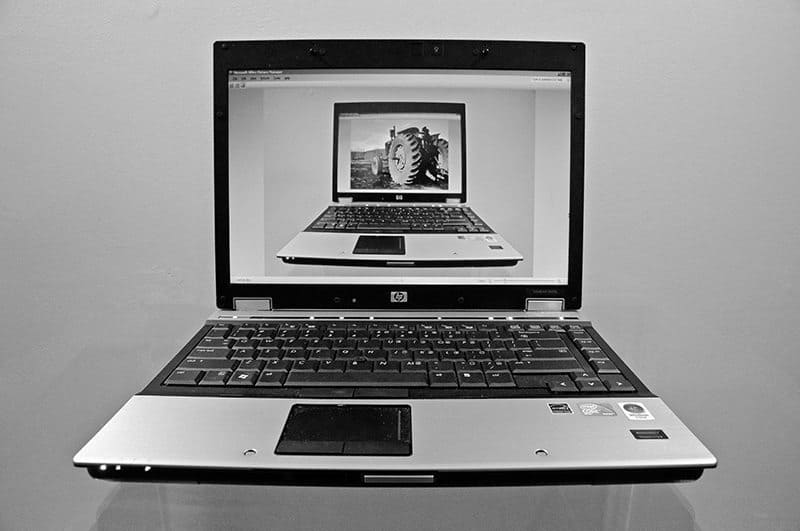
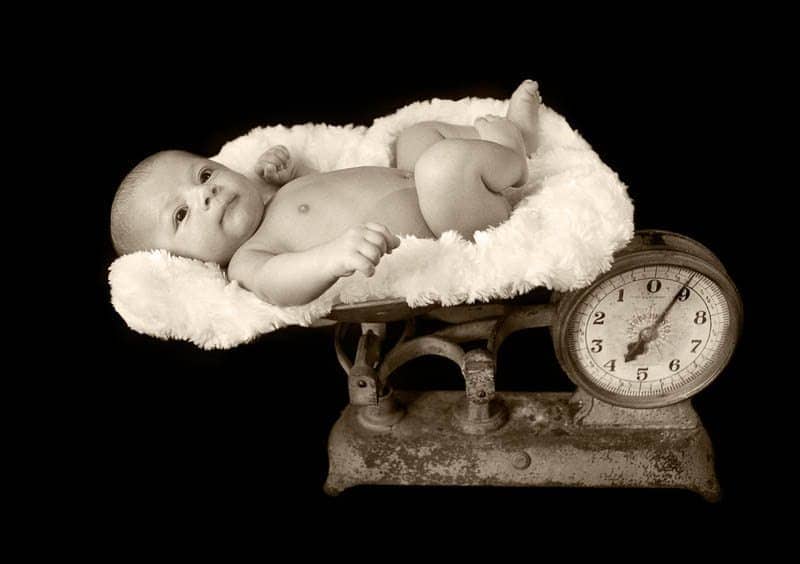
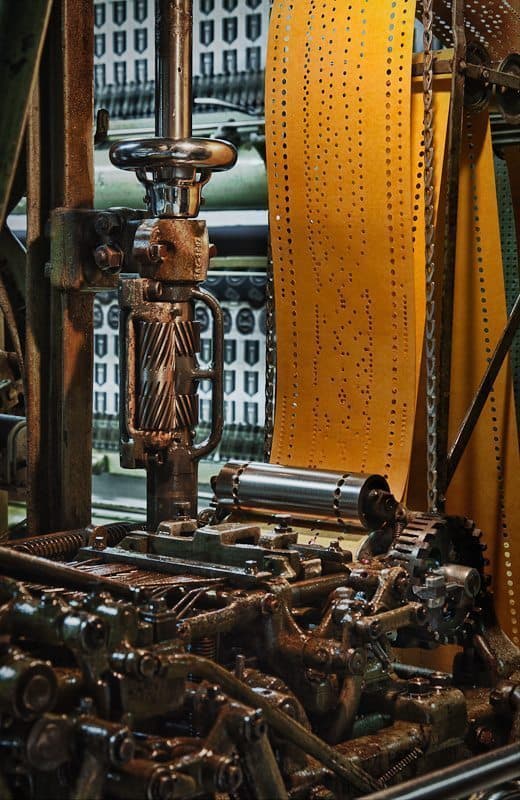

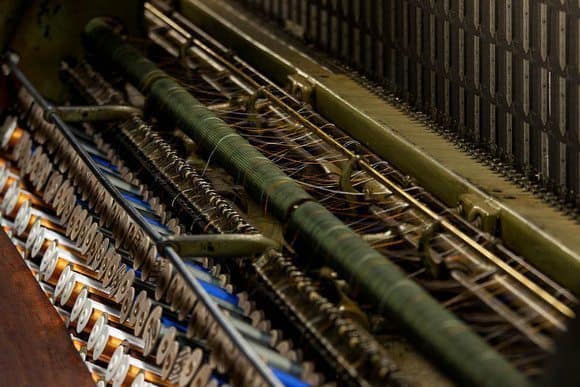
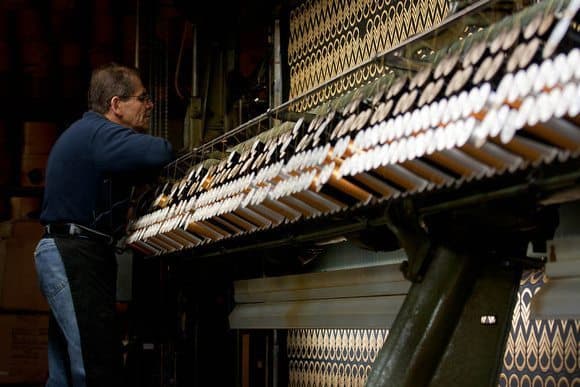

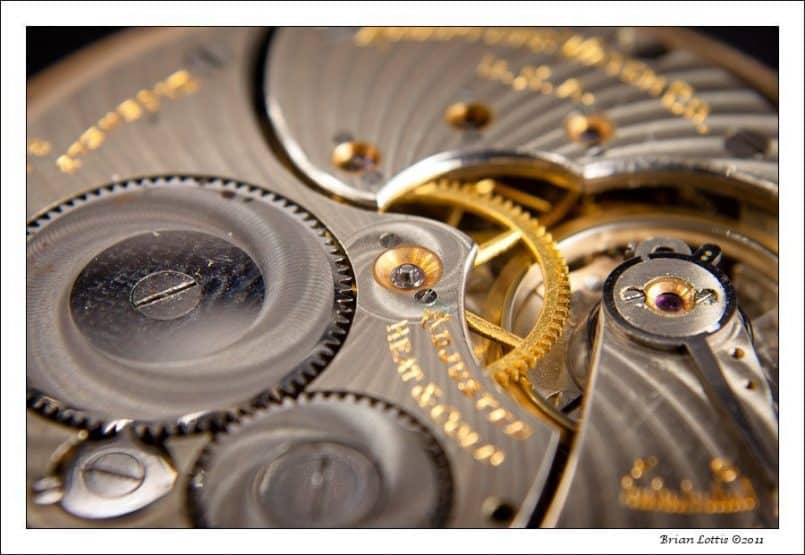
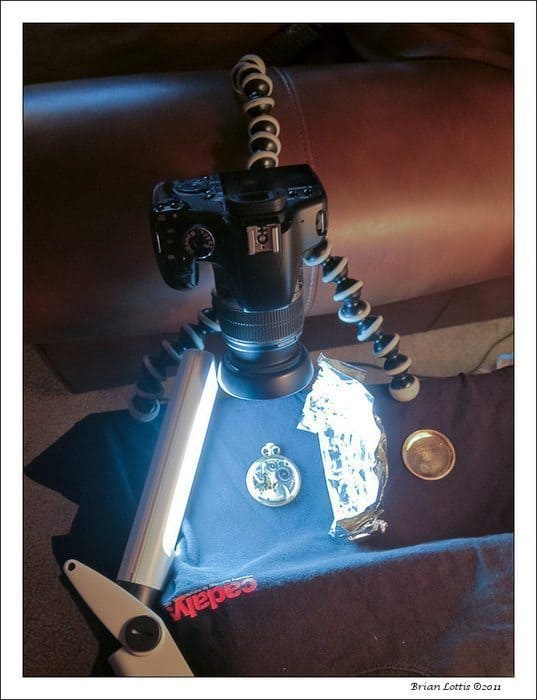

0 Comments